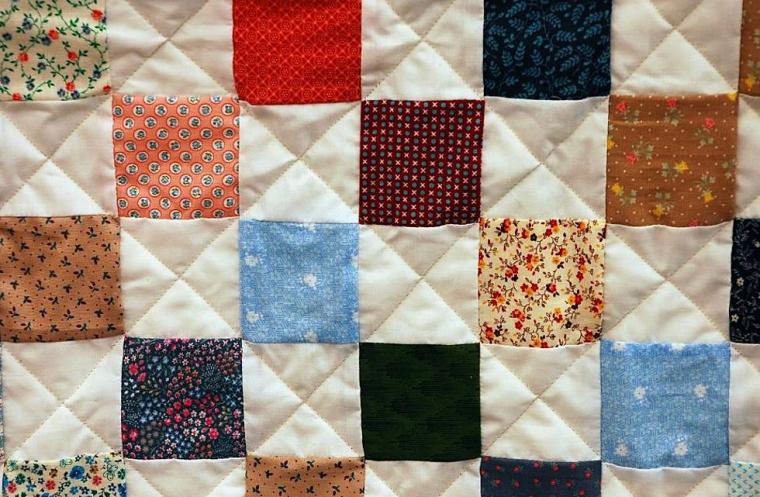
“Mississippi Valley Quilter's Guild Exhibition" at the Figge Art Museum -- March 14 through 19.
Exhibit: Tuesday, March 14, through Sunday, March 19
Appreciation Night: Thursday, March 16, 5 – 8 p.m.
Figge Art Museum, 225 West Second Street, Davenport IA
In celebration of National Quilters Week, the Figge Art Museum will showcase a number of colorful and hand-crafted functional artworks in the March 14 through 19 Mississippi Valley Quilter's Guild Exhibition, with a special Appreciation Night for the exhibit's gifted artisans scheduled for March 16.
The Mississippi Valley Quilters Guild was organized in 1983 to educate and encourage members in the quilting arts; to encourage high standards in color, design, and construction of the quilted medium; and to stimulate interest in quilting in the community. Membership is open to anyone interested in quilting. The Guild year runs from September 1 to August 3, with dues of $35 per year payable in August and September. New members joining on or after the first day of March of any year shall be required to pay half of the regular annual dues for full membership privileges until the following September, which include use of the Guild Library and its membership directory; discounts for classes presented by nationally–known quilters and workshops taught by Guild members; 11 monthly Quilt Get-Aways; Spring and Fall Quilt Retreats; and entry in the Annual Quilt Challenge.
The history of quilting, the stitching together of layers of padding and fabric, may date back as far as 3400 BC, and for much of its history, quilting was primarily a practical technique to provide physical protection and insulation. However, decorative elements were often also present, and many quilts are now primarily art pieces. In Europe, quilting appears to have been introduced by Crusaders in the 12th century in the form of the aketon or gambeson, a quilted garment worn under armor that later developed into the doublet, which remained an essential part of fashionable men's clothing for 300 years until the early 1600s.
In the United States, quilt making was common in the late 17th century and early years of the 18th century. Colonial quilts were not made of leftover scraps or worn clothing as a humble bedcovering during this period, but were decorative items that displayed the fine needlework of the maker, such as the Baltimore album quilts. Only the wealthy had the leisure time for quilt making, so such quilting was done by only a few. Whole cloth quilts, broderie perse, and medallion quilts were the styles of quilts made during the early 19th century, but from 1840 onward the use of piecework and blocks, often made from printed fabric, became much more common. Today, of course, quilting is a popular hobby, with an estimated base of 21 million quilters.
The Mississippi Valley Quilters Guild Exhibition will be on display in the Figge's Quad City Bank & Trust Grand Lobby from March 14 through 19, with an Appreciation Night for the quilters scheduled for March 16 from 5 to 8 p.m. Museum admission is not required to view the quilts, and more information is available by calling (563)326-7804 and visiting FiggeArtMuseum.org.










